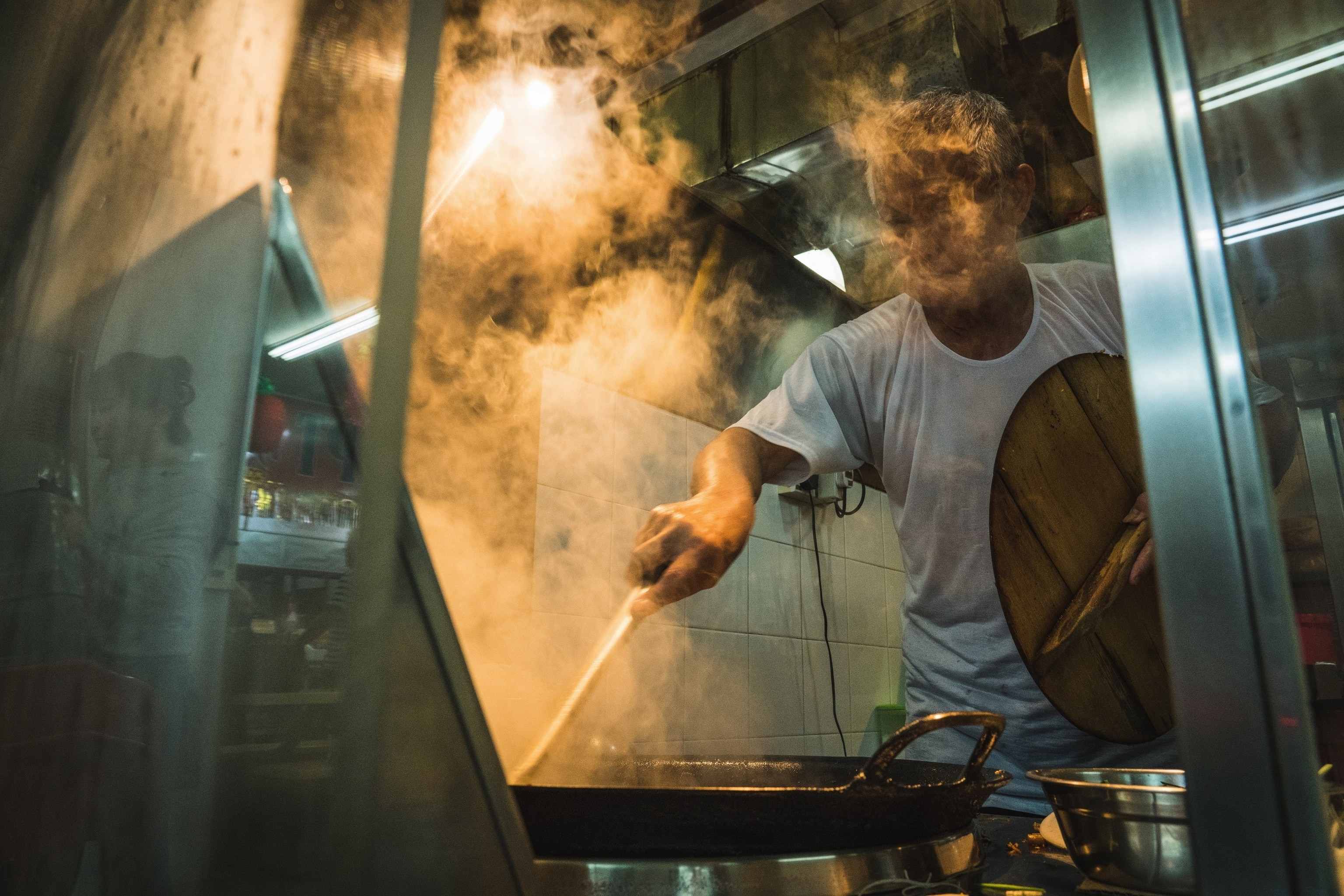The sound of clattering dishes, a sizzling grill and the intermittent blast of a fiery wok furnace: some sounds are enough to make your mouth water. Couple that with the smell of heady spices, sticky barbeque glazes and steaming hot broth, this lively assault on the senses is enough to make any sane person go weak at the knees.
Welcome to Singapore’s community dining rooms where a nation of foodies come together to share plates piled high with char kway teow, sizzling satay sticks, spicy crab, and fragrant curries. With an array of stalls under one roof, each hawker boasts their own family recipe perfected over generations.
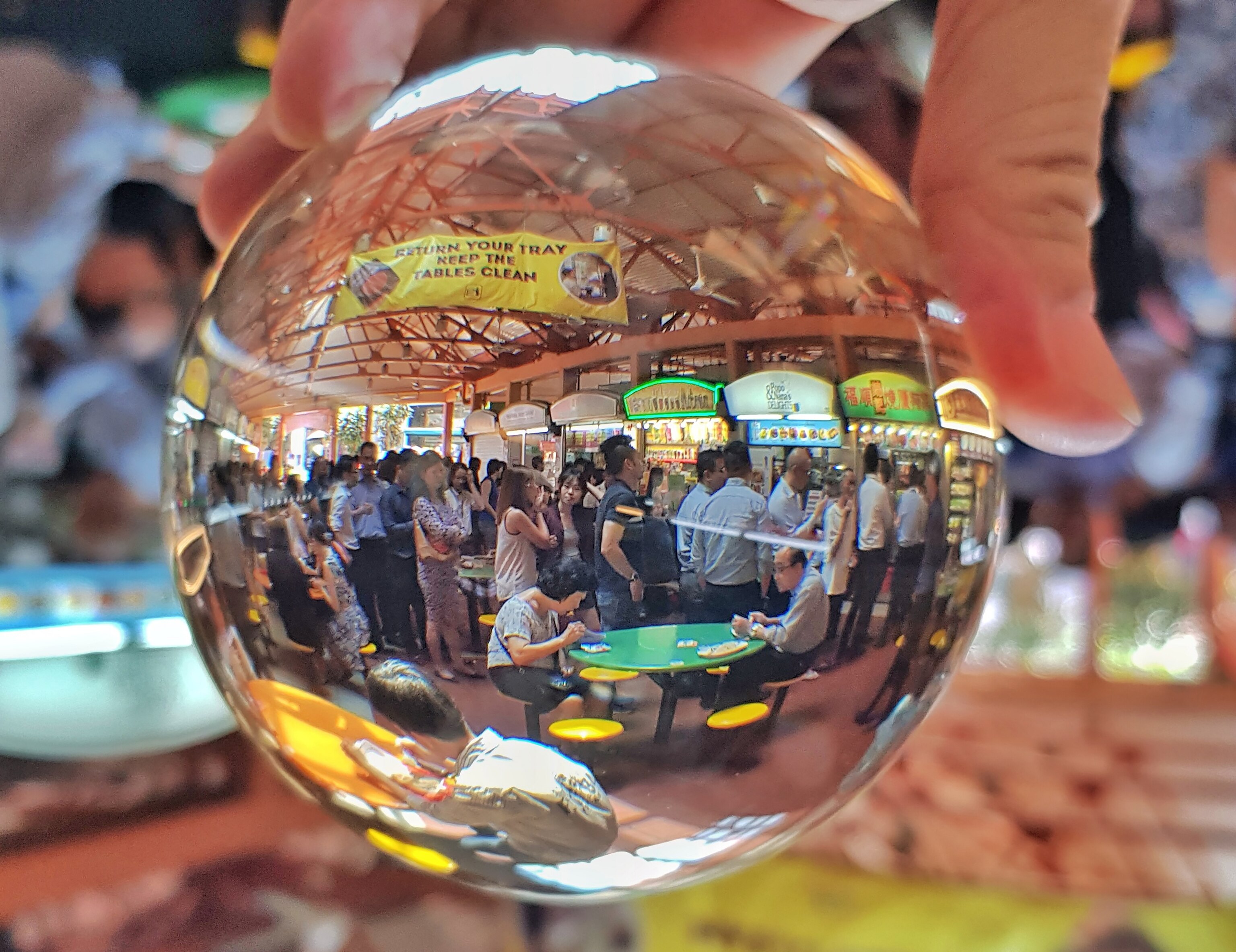
Dating as far back as the 1800s, hawker culture in Singapore originated from the early migrant population selling quick, affordable meals on street pavements, in town squares and parks – wherever they could set up their makeshift stalls. Their main advertisement? The lip-smacking aromas of delicacies being cooked, served and eaten on the spot by hungry passers-by.

Fast-forward a couple of centuries and the Singapore government has sought to bring hawkers under one roof. Hawker centers have now become a safe, clean, open kitchen where customers can watch exactly how their food is being prepared and served. And the best part? Right next door and in every direction you look there’s a dizzying array of dishes to choose from. This has got to be one of the most diverse and extensive menus on the planet.
Consider the plethora of hot drink options: there is an astounding number of permutations of tea and coffee. Say goodbye to milk and two sugars. And hello to rich condensed milk, masala spices and ginger, left to steep, served on shaved ice or ‘pulled’ from a great height. Each morning, seniors gather to read their papers whilst sipping from their saucers – an old and ingenious way to cool down their piping hot drink. Young or old, it’s clear that hawker centers have shaped the nation’s daily routine.
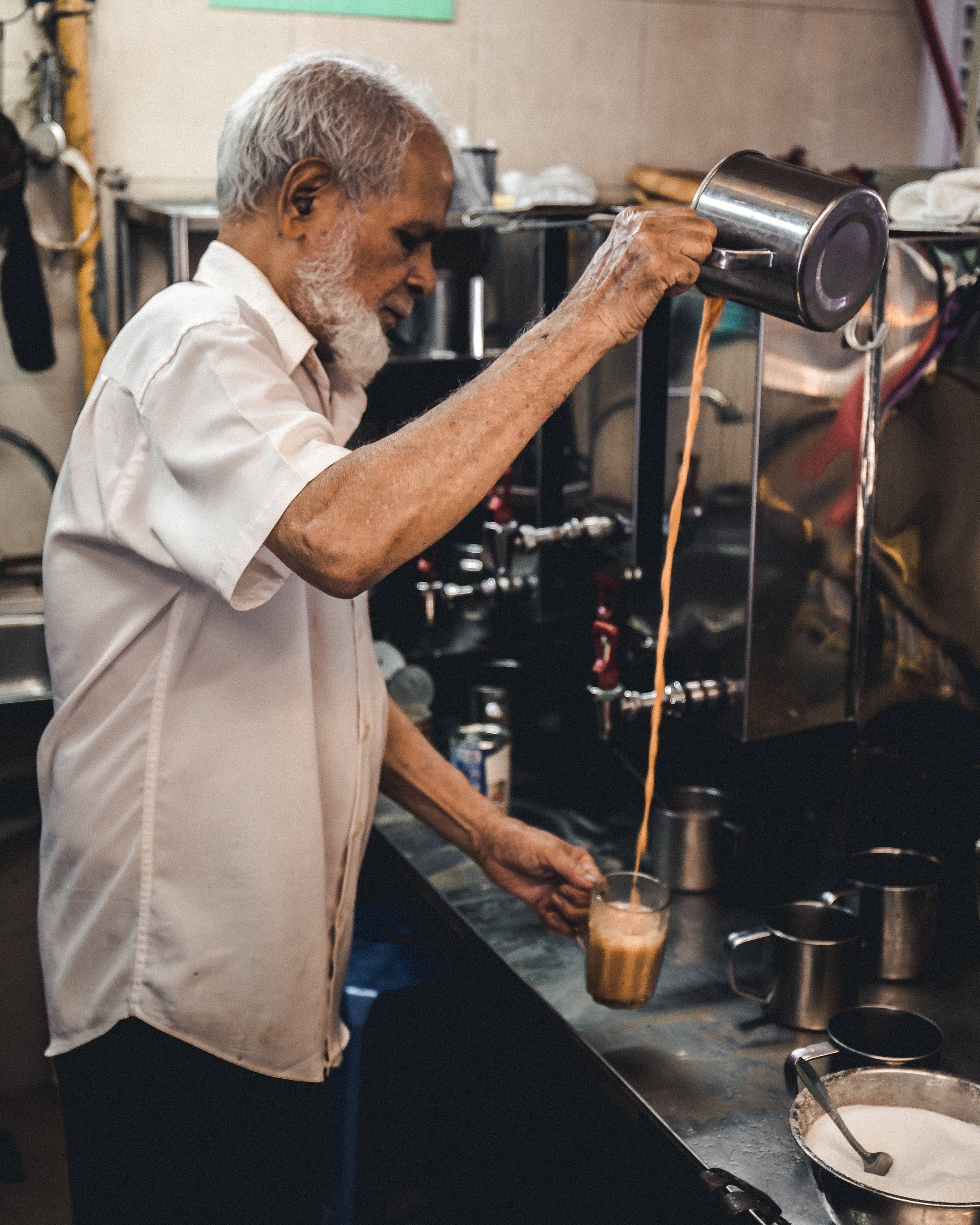
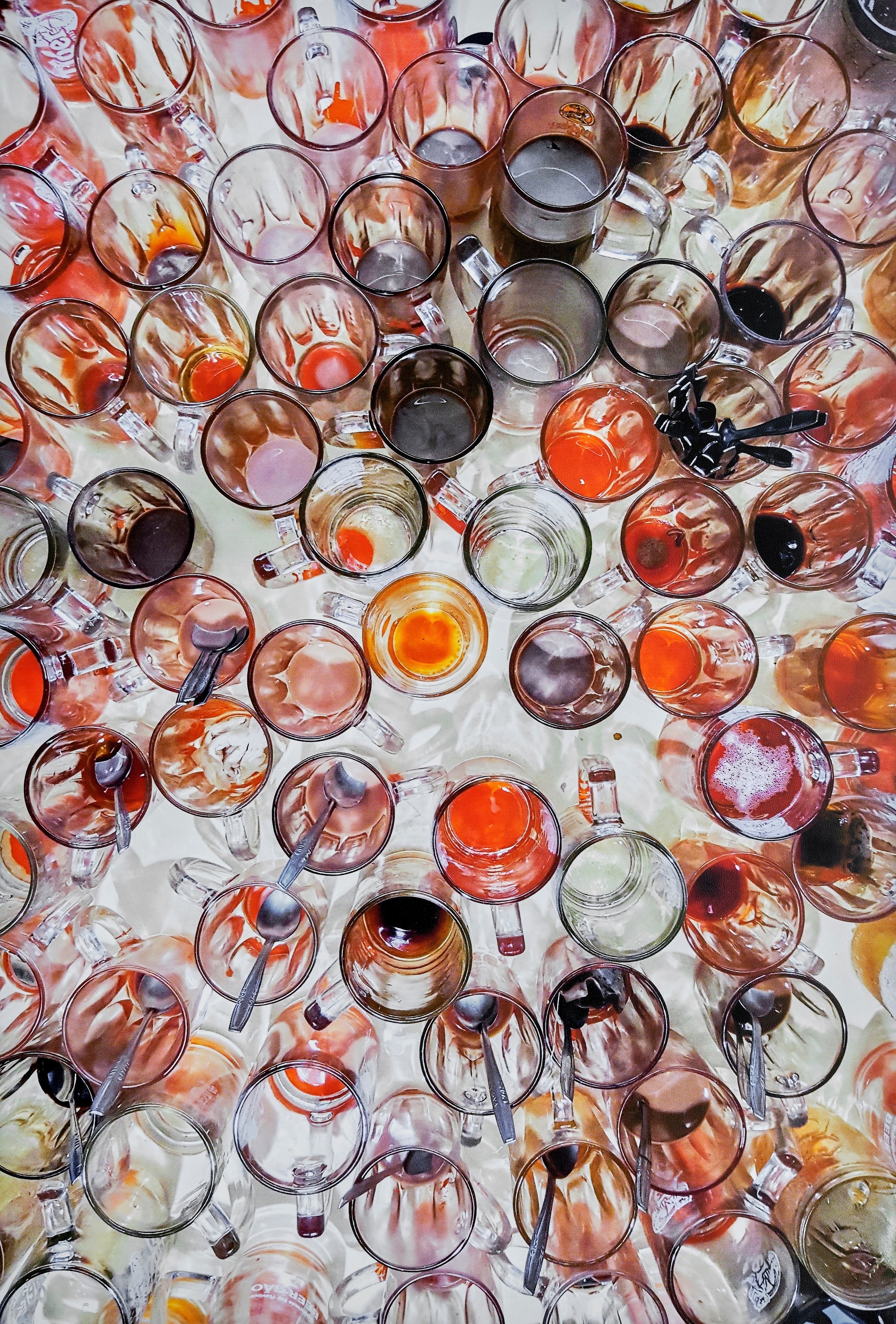
So how do you choose from the hundreds of stalls? The answer is simple. Look for the longest line, of course. When it comes to hawker cuisine, the queue is the best testament to the quality of food at the stall.
Come lunchtime in the bustling Central Business District (CBD), the Amoy Street Food Centre is alive with the low buzz of anticipation from Singapore’s hungry workforce. These savvy diners know very well that if you want the best of what the stalls have to offer, you’ll have to spend half of your one-hour lunch break standing in line. With only a short time to sit and enjoy your meal, wandering aimlessly with a tray of steaming hot food is out of the question. So in the name of mutual respect and Singapore’s signature efficiency, an unspoken agreement has been formed amongst the regulars. To “chope” has become part of the Singlish vernacular. Referring to throwing down a packet of tissue on a seat to reserve your space, “choping” originated from the English word “chop”, which means to stamp or mark your spot; another example of hawker center etiquette entering Singapore’s mainstream culture.
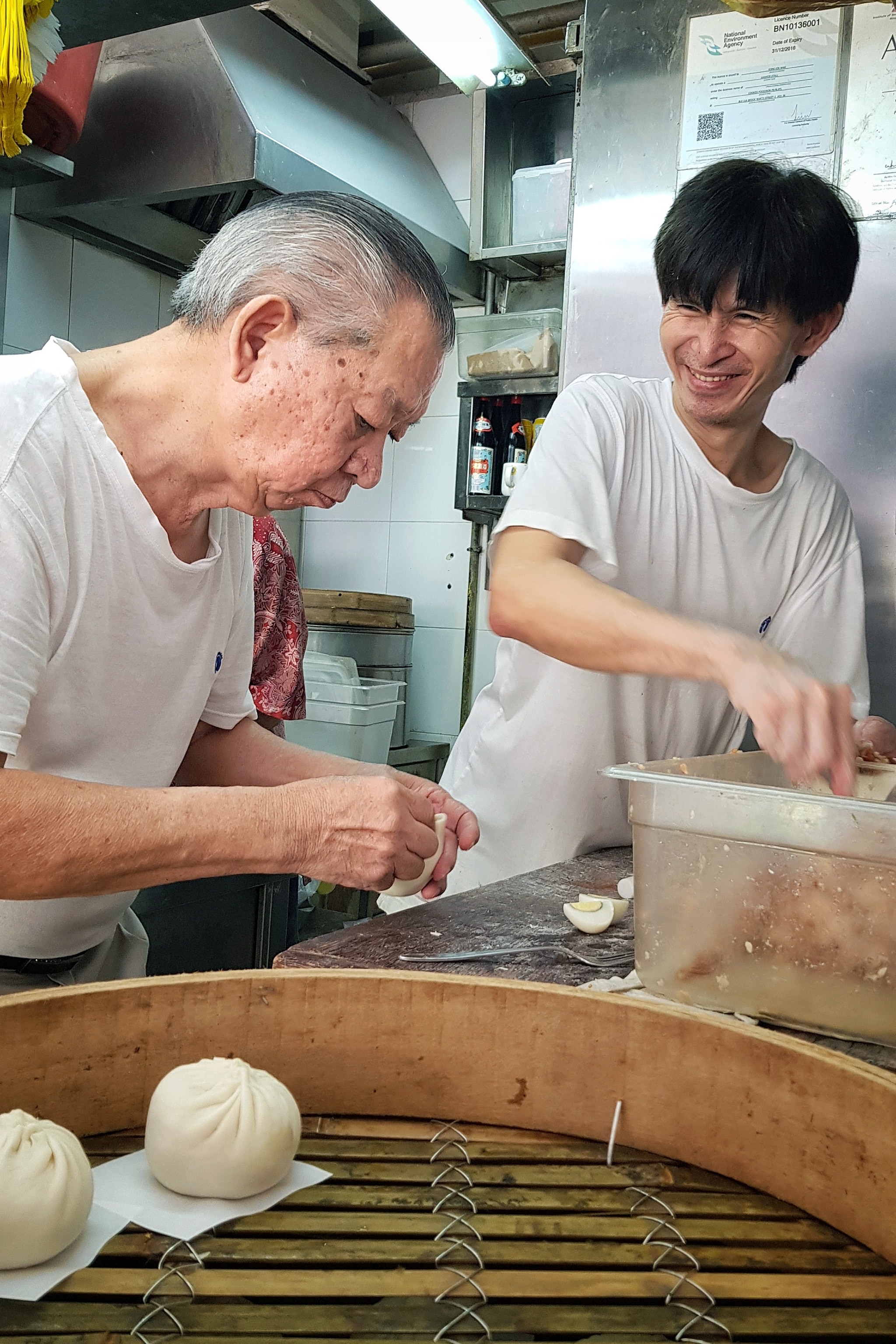
Home to the world’s cheapest Michelin-starred meal, there’s no doubt the food is exceptional, but the significance of hawker cuisine reaches much further than a quick, cheap eat.
Singaporean culture is family culture, community culture, and hawker culture all rolled into one. Support Singapore’s bid to “chope” a deserved place on UNESCO's Representative List of the Intangible Cultural Heritage of Humanity today.
